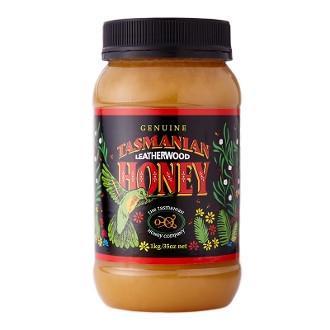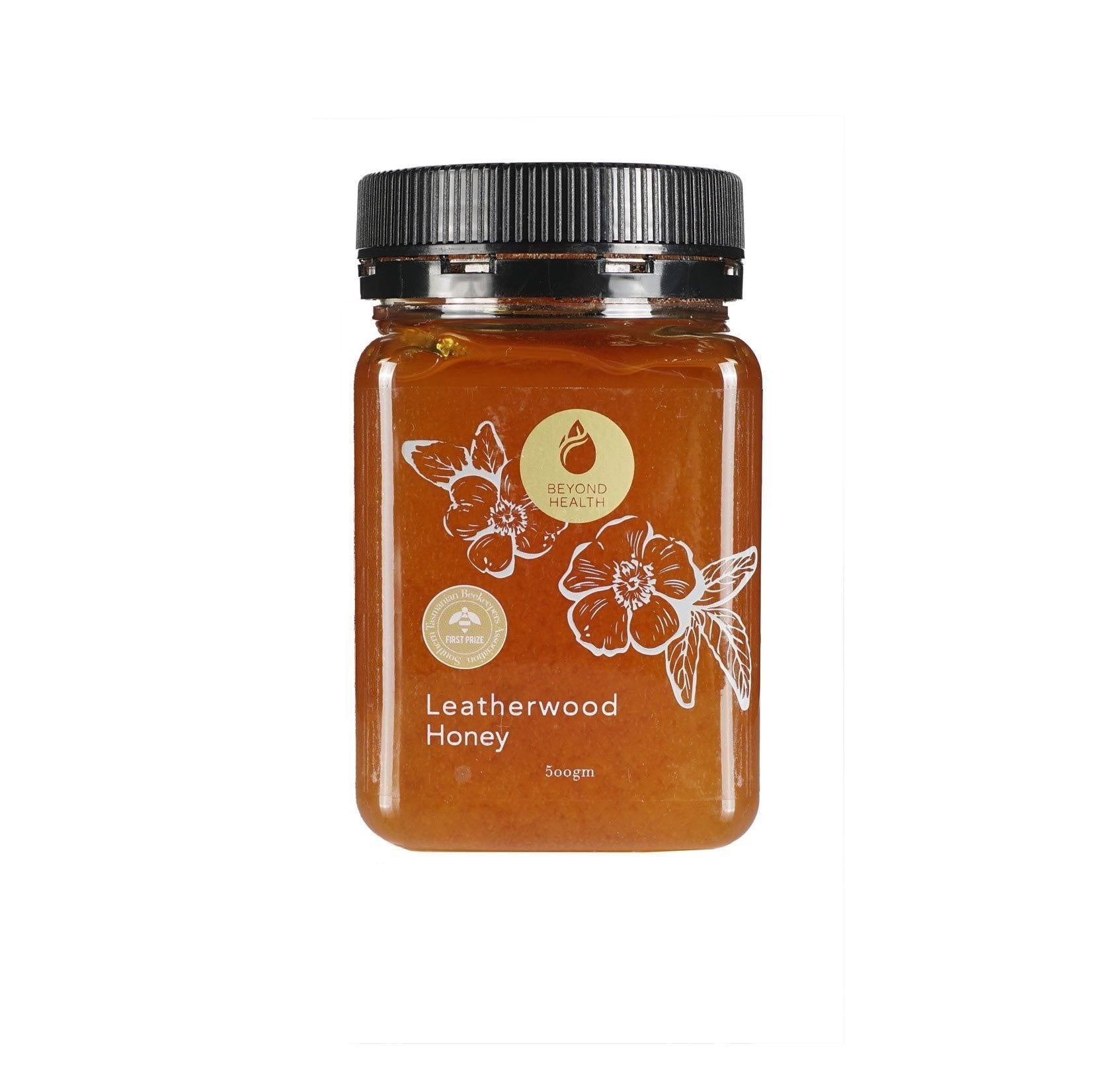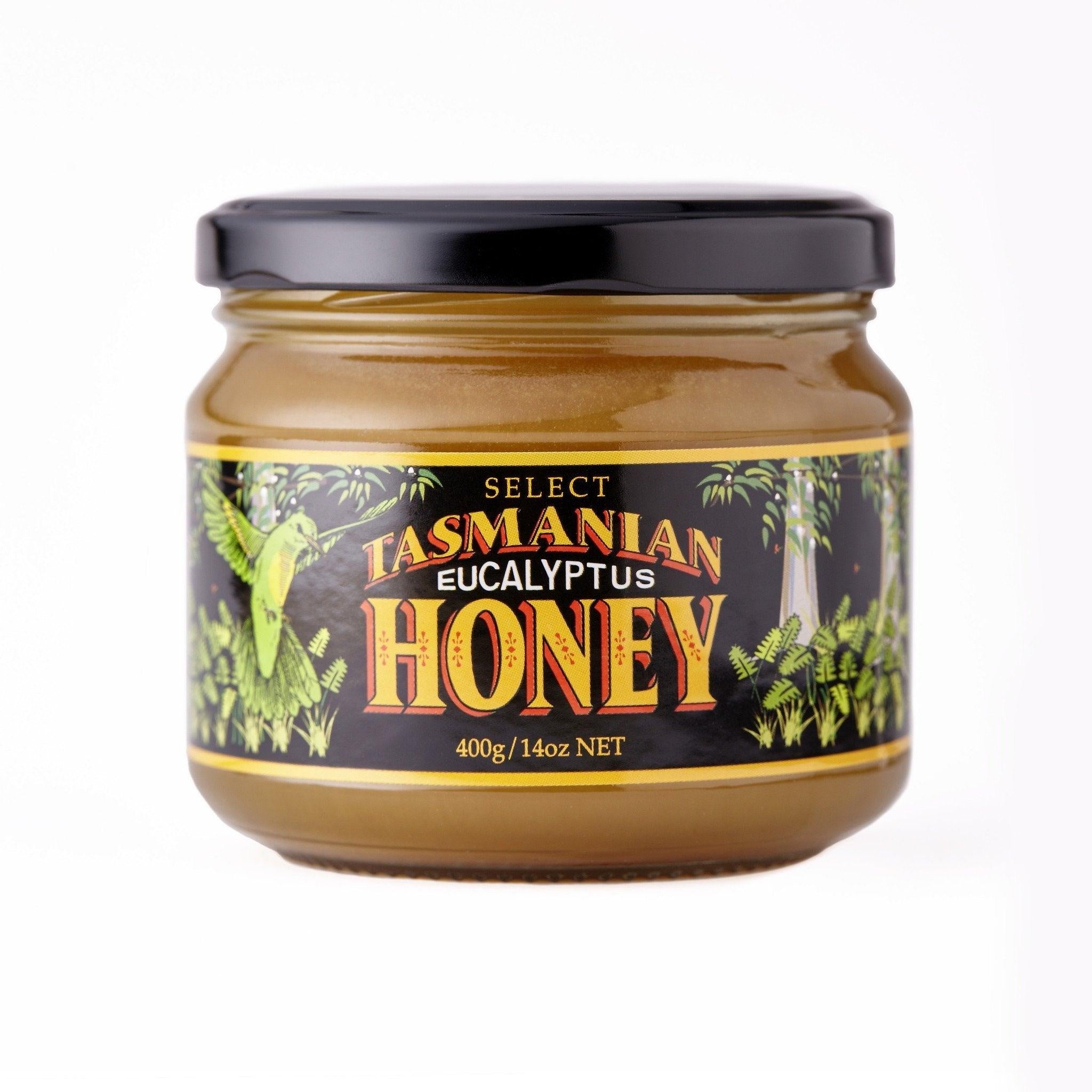Your shopping bag is empty
Where is Our Honey From?
- Posted by: Young Earth Sanctuary Resources Pte Ltd Admin
- Comments: 0
- Categories: YES Blog
- Tags:
Tasmania boasts the world’s cleanest air and water and has some of the world’s most primitive and unspoiled forests. As the southernmost state of Australia, it is well-known for its pristine natural environment and unique flora and fauna. It is also an ideal location for producing high-quality honey. Tasmania is a great place to produce honey and what makes Tasmanian honey so special. In this article, we explore where our honey is from.
-
Clean Environment of Our Honey Production
Tasmania's clean air and water make it an ideal place for agriculture. The island state has a relatively small population and is free from many of the pollutants that are found in more densely populated areas. This means that the plants and flowers that the bees feed on are less likely to be contaminated with chemicals. Hence, the honey produced in Tasmania purer and healthier.
-
Varied Flora
Tasmania has a diverse range of flora, including many unique plant species. The state's cool climate and unique geography result in a wide range of habitats, from coastal heathlands to sub-alpine forests. Therefore, this environment supports a variety of plants that produce nectar and pollen for bees.
Some of the plants that produce the best honey in Tasmania include Leatherwood, Manuka, and Eucalyptus. Leatherwood honey is a Tasmanian specialty and has a unique spicy flavor and aroma. Tasmania also produces the globally popular Manuka Honey. Manuka is well-known for its medicinal properties and is used in wound healing and to support the immune system. Eucalyptus honey is another popular variety that has a strong, distinct flavor. Therefore it is quite common for the locals to use it for cooking and baking.
-
High-Quality Beekeeping Industry
Tasmania's beekeeping industry has strict standards for bee health and honey production. As there is a comprehensive disease control system in the state, beekeepers have to register with the Tasmanian government. Also, they need to follow specific guidelines for hive management and honey extraction.
In the eyes of many, Tasmanian beekeepers are meticulous in producing high-quality honey. Many of them use traditional methods, such as using wooden hives, to maintain the health of their bees. This helps to ensure that they produce honey that is free from contaminants. Due to its commitment to quality, Tasmania's honey industry gains a reputation for producing some of the best honey in the world.
-
Unique Honey Varieties
Many consumers come to Tasmania just to seek the best honey. These varieties include leatherwood, manuka, and eucalyptus honey. Indeed, these honeys are not common in other parts of the world.
Leatherwood honey, in particular, is a Tasmanian specialty and has a distinct flavor and aroma that is hard to find elsewhere. The leatherwood tree grows in the rainforests of western Tasmania. The honey has a strong, spicy flavor and a creamy texture that makes it ideal for spreading on toast or using as a natural sweetener in cooking and baking.
Manuka honey, which is also produced in Tasmania, is known for its antibacterial properties. The locals often use it in natural remedies and skincare products. In fact, many do not know that manuka tree is native to both New Zealand and Australia.
Eucalyptus honey is another popular variety in Tasmania. It has a strong, distinct flavor that is medicinal. Eucalyptus trees are common in Tasmania and other parts of Australia.
-
Sustainable Production Practices
Tasmania's beekeepers always adhere to sustainable production practice. This is to protect the health of the bees and the environment. Many of them use organic or biodynamic methods to maintain the health of their hives and avoid the use of harmful chemicals.
Some beekeepers in Tasmania also use a rotational system, which involves moving their hives to different locations throughout the year to allow the bees to feed on different types of plants and reduce the impact on any one area. This helps to maintain the health of the bees and ensures that the honey produced is of the highest quality.
In addition, Tasmanian beekeepers are also active in the conservation of the state's natural environment. Many of them work closely with local conservation groups to protect the habitats of the plants and animals that their bees rely on for food. This commitment to sustainable practices ensures the long-term viability of Tasmania's honey industry and the natural environment that supports it.
If you were to visit Tasmania, you would understand and believe why the produces from there are some of the best in the world.
What is Leatherwood?
This honey gets its name from the leathery textured leaves of the Leatherwood Eucryphia Lucida.

What is Leatherwood Honey and What Are Its Benefits?
Leatherwood honey is famous for its unusual floral bouquet. It possesses a fragrance like no other and a taste which no adjectives can adequately describe. The aroma is robust, yet so lovely and pleasing to the palate.
Traditionally, this honey is a cure for hang over. It’s naturally rich occurring vitamin B and minerals aids in recovering from the excessive alcohol quickly. Vitamin B has a huge variety of health benefits.
Leatherwood honey is high in antioxidants which behaves like Manuka to heal wounds and boost the immune system.
Leatherwood tress are indeed special – those under 75 years old generally don’t flower and thus have no nectar source. The most prolific flowering trees are more than 100 or 200 years old. It’s no wonder why it is recognised by honey connoisseurs as one of the finest and rarest honey in the world.










LEAVE A REPLY
Your email address will not be published. Required fields are marked *